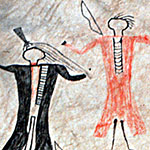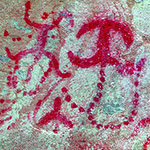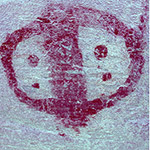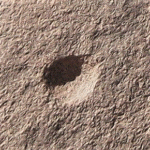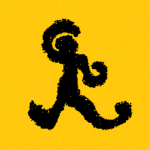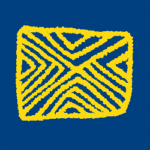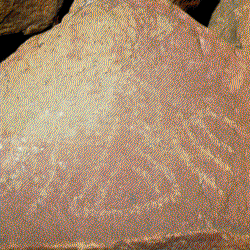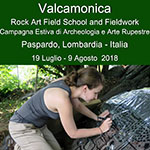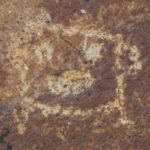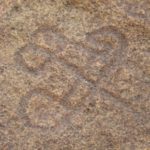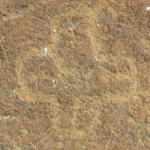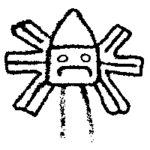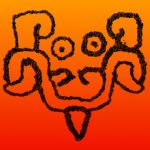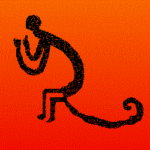 Only the manufacturer of a rock art image could reliably have informed us whether a rock art image is unfinished or whether it is incomplete. Unfortunately informed knowledge is often completely unavailable. Then only the image and its graphical and cultural context are available to possibly separate the unfinished from the incomplete. Additionally, the incomplete image may even include something invisible. To address these issues I will use the rich rock art repertoire of the Desert Andes, focussing mainly on Toro Muerto and Miculla, two enormous rock art sites in the south of Peru.
Only the manufacturer of a rock art image could reliably have informed us whether a rock art image is unfinished or whether it is incomplete. Unfortunately informed knowledge is often completely unavailable. Then only the image and its graphical and cultural context are available to possibly separate the unfinished from the incomplete. Additionally, the incomplete image may even include something invisible. To address these issues I will use the rich rock art repertoire of the Desert Andes, focussing mainly on Toro Muerto and Miculla, two enormous rock art sites in the south of Peru.
By Maarten van Hoek
